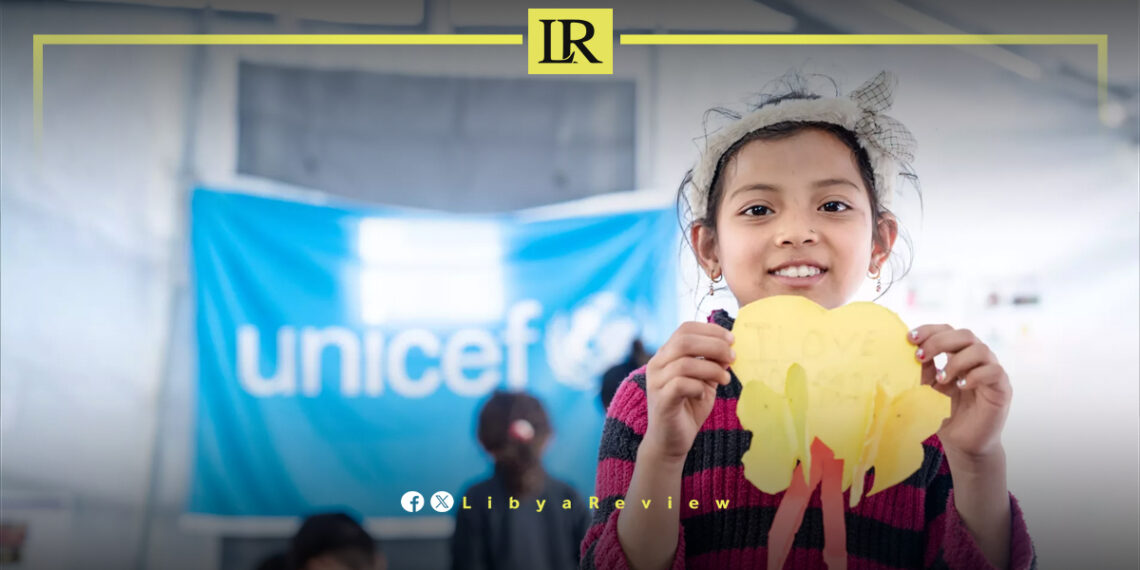Libya, in cooperation with the United Nations Children’s Fund (UNICEF) and the European Union (EU), has launched the country’s largest and most comprehensive national child survey, designed to strengthen data systems and guide evidence-based policies that improve the lives of children and families across the country.
The Multiple Indicator Cluster Survey (MICS) for 2024–2025 was carried out through technical collaboration between Libya’s Ministry of Planning, the Bureau of Statistics and Census, UNICEF, and the EU. The survey represents a major milestone in national efforts to develop reliable and up-to-date databases that support social equity and sustainable development.
Covering a nationally representative sample of 17,880 households with a response rate of 99 percent, the survey collected data across a wide range of sectors, including maternal and child health, early childhood development, nutrition, education, women and child protection, disability, and access to water and sanitation. It also measured community behavior and access to essential services.
According to UNICEF, the study produced 142 globally comparable indicators, including 29 linked directly to the Sustainable Development Goals (SDGs). Data were analyzed by gender, age, region, and type of residence—urban or rural—spanning 22 administrative regions throughout Libya.
At the official launch event, representatives from the Government of Libya, the EU, and the UN Country Team emphasized that the results will provide a solid foundation for policy planning, social programming, and budget allocation in favor of children and families. They praised the initiative as a landmark step toward improving institutional cooperation between Libya and international partners.
Experts called for a deeper analysis of the findings to address priority challenges and enhance the impact of future child-focused programs. Final results will be made publicly available through UNICEF and Libya’s National Data Center to ensure transparency and accessibility for policymakers, researchers, and development partners.


